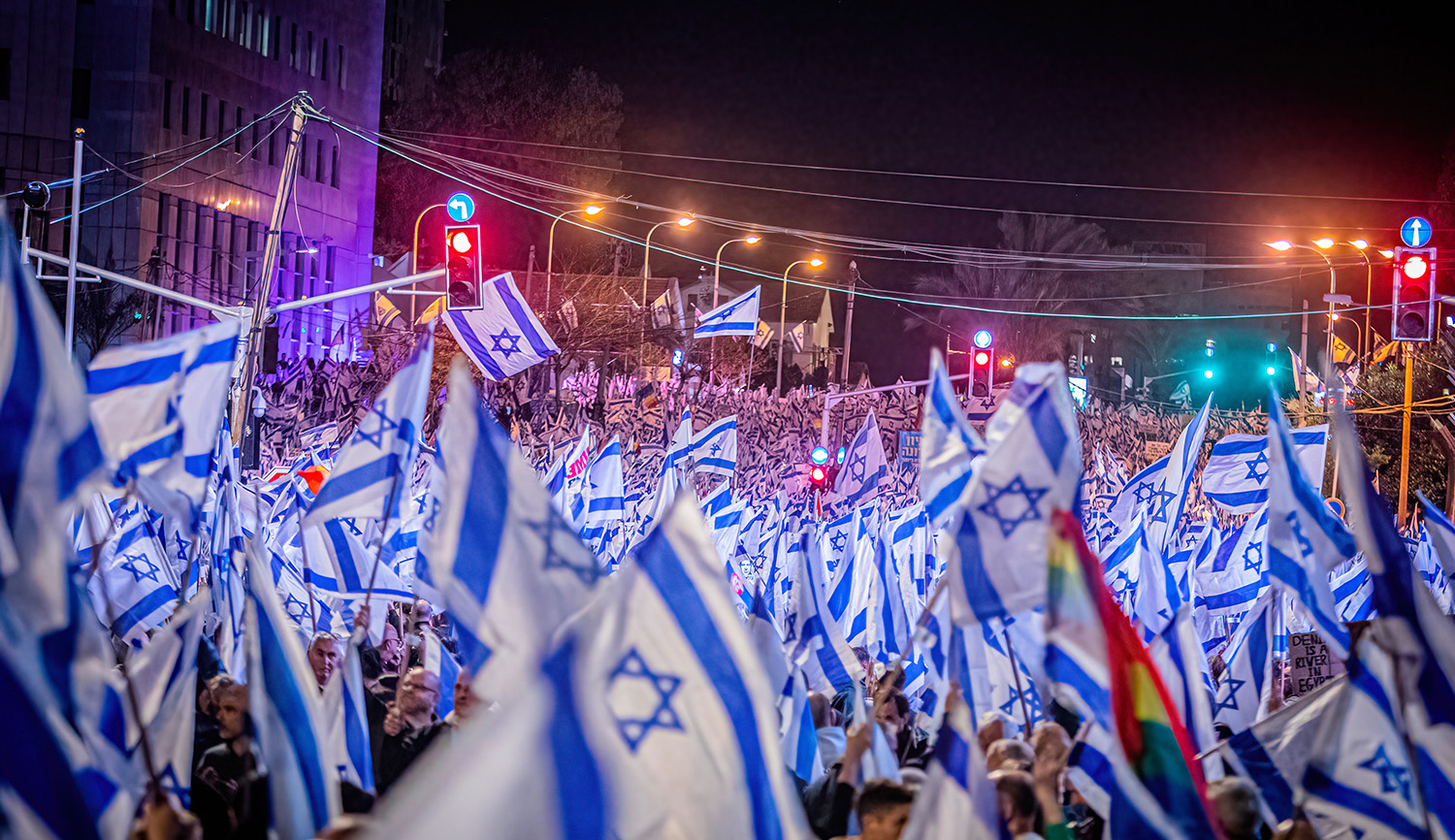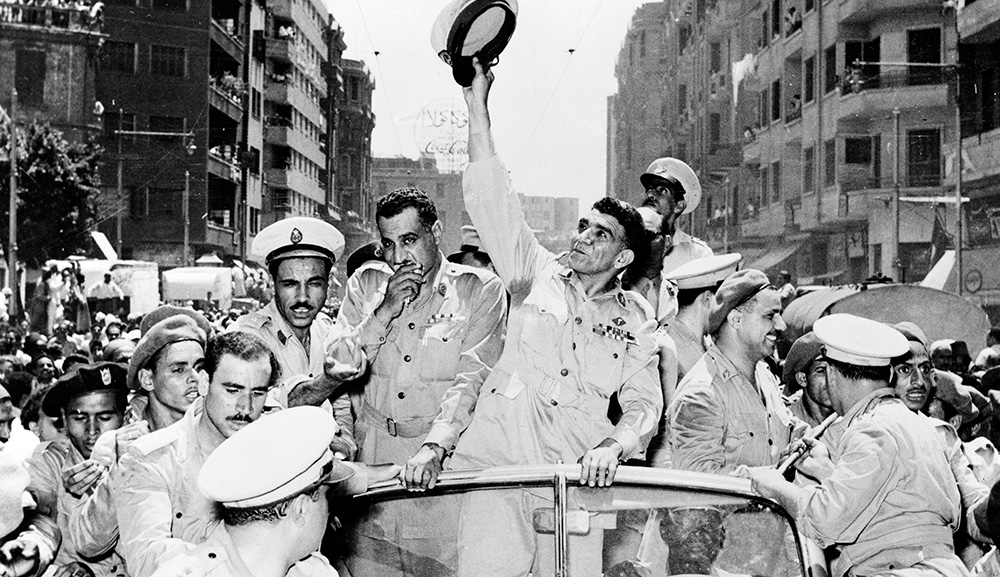On August 16, 1920, the Red Army stood just outside Warsaw, ready to take the city, hoping that thereafter it could advance on Berlin and perhaps even Paris. But in one of the great military reversals of modern history—the so-called miracle on the Vistula—the Polish leader Jozef Pilsudski achieved a dramatic victory against the Soviets, after which his forces succeeded in pushing them out of Poland and parts of what is now Ukraine and Belarus. He thus saved the world’s second-largest Jewish community, numbering over 300,000 souls, from Soviet repression. But, writes Joshua D. Zimmerman, this was hardly a great moment for Polish Jewry:
The significance of the Polish victory for the fate of Europe and the world is not in dispute. But for Polish Jews, there was a dark side to this story of the Battle of Warsaw. On the day Pilsudski ordered the counter-offensive from his post 70 miles south of Warsaw—August 16, 1920—the country’s minister of war, Kazimierz Sosnkowski, ordered the internment of Jewish soldiers, officers, and volunteers in the Polish Army at a camp in Jabłonna, fourteen miles north of the capital. The order made reference to “the continuous increase in cases testifying to the harmful activities of the Jewish element” attesting to alleged pro-Bolshevik sympathies. Some Poles protested, including the country’s deputy prime minister, Ignacy Daszyński, who called the order shameful and demanded the Jewish inmates’ immediate release and return to active duty.
Jewish members of the Polish parliament expressed outrage, writing to Sosnkowski on August 19, 1920, that “such orders instill the conviction that Jews are enemies of the state.” The Jewish camp inmates, who numbered around 3,000 by the end of August, were not accused of any crime. Nonetheless, they appeared to have the status of prisoners.
When Sosnkowski ordered the release of all Jewish soldiers at Jabłonna on September 9, 1920—23 days after their confinement—an estimated 17,680 inmates emerged. No deaths or injuries were reported.
At a parliamentary session held on October 29, 1920, the Zionist deputy, Yitzhak Gruenbaum, turned to Sosnkowski and demanded an explanation. . . . Sosnkowski unapologetically continued that reports of Polish Jewish soldiers laying down their arms and joining the Bolsheviks forced his hands. The parliamentary minutes show that Gruenbaum interjected, asking him to provide the name of a single Jewish soldier who was reported to have committed such an act of treason. The minister of war was silent, unable to recall any specific case.
While the Jewish prisoners were treated relatively well—and certainly better than those who found themselves in Soviet gulags—the incident undermined Jewish confidence in the newborn Polish state, and foreshadowed Poland’s increasingly anti-Semitic policies of the 1930s.
More about: Anti-Semitism, Poland, Polish Jewry, Soviet Union


